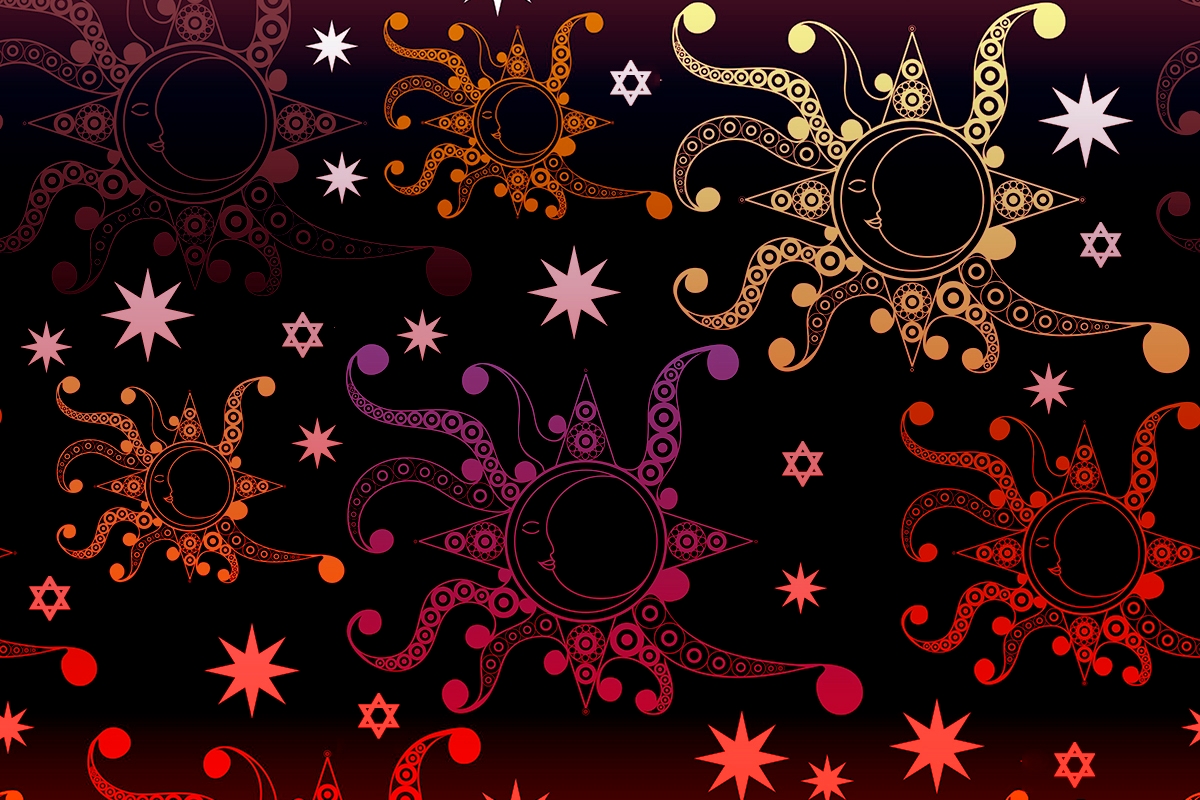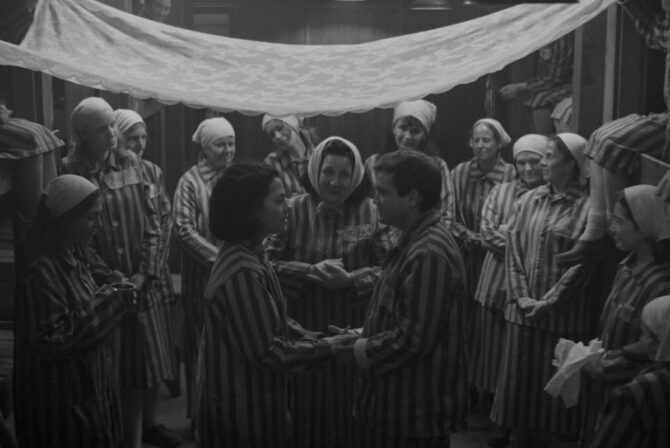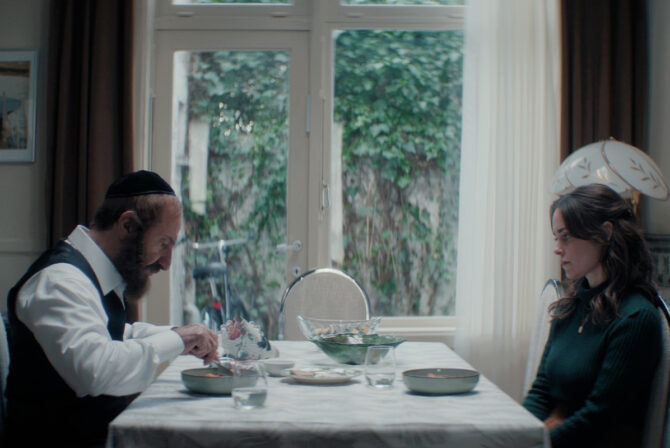The winter solstice has been commemorated in special ways throughout the world since time immemorial. In China, for example, the ancient holiday of Dong Zhi — which has roots in the Chinese concept of yin and yang — marks the end of the harvest season with large meals and family gatherings.
In Iran, where I lived until I was 11, the winter solstice was celebrated with an ancient holiday known as Shab-e-Yalda, which means “the night of the birth.” It’s considered a way to commemorate the eventual triumph of the Zoroastrian Sun God, Mithra, over darkness.
Zoroastrians — adherents of Zoroastrianism, Iran’s ancient, pre-Islam religion — believe that the longest night of the year was an unlucky one, where the evil inclination was at its most powerful. So, in order to ward this off, families gathered together as a way of staying safe. They told stories, recited poems from the famous Persian poets like Hafiz or Rumi, and ate delicious food. The goal was to stay up all night, sing, dance in order to fight off the evil spirits in the air. The next day, families would celebrate the first day of winter, believing good fortune was awaiting them. This year, Shab-e-yalda falls on the early hours of December 21st, and is celebrated on Sunday night.
Even though Iran’s current government is based on the rules and teachings of the Koran, Zoroastrianism still influences Iranian culture. In some ways, Shab-e-Yalda is practiced in Iran the way Halloween is in the U.S. — most people celebrate it, regardless of their religious beliefs, and it also has that same fun, exotic feel.
As Jews, we, too, celebrated Shab-e-Yalda, and gathered together with friends and family on that long night. My mother would lay out a table filled with different types of homemade toasted nuts, pomegranate seeds (which are believed to bring good fortune), and different sweets, like rosewater-infused cookies and saffron rice pudding. Fresh-cut flowers, the last that we could gather from our garden, served as a festive centerpiece.
Of course, we put our own Jewish twist on this auspicious night. We recited the appropriate brachot over the different fruits and nuts — my mother always made sure there was a variety so we could recite the various blessings over food from trees, food from the ground, as well as treats and grains. In addition to reciting poetry, someone — usually a grandparent — would recite a few verses of Psalms, and we wished for one another’s safety. As a minority in an Islamic country, we usually took caution with how we behaved and acted in public. But putting our own Jewish twist to this holiday was widely practiced in the privacy of our own homes.
I’m now a mom of three here in the U.S., and we’ve continued to celebrate Shab-e-yalda as a way to keep our kids in touch with the childhood customs of my husband and I grew up with. It is important to us to share the beauty of the Persian culture with our kids; I think it gives our children a way to understand us better. And by incorporating Jewish traditions into this holiday, we help help demonstrate to our children how these important aspects of our identity — Jewish and Persian — combine to make us a strong, cohesive whole.
And so, on Sunday night, the longest night of the year, our family will share dried fruits, nuts and sweets. We will pray that the darkness that has befallen all the people of the world will not last. We will pray that light will overcome darkness in all its forms, and that disease, hate, and antisemitism will not prevail, and we will all be blessed with everlasting peace.
Header image by Kashtanka555/ Getty Images








